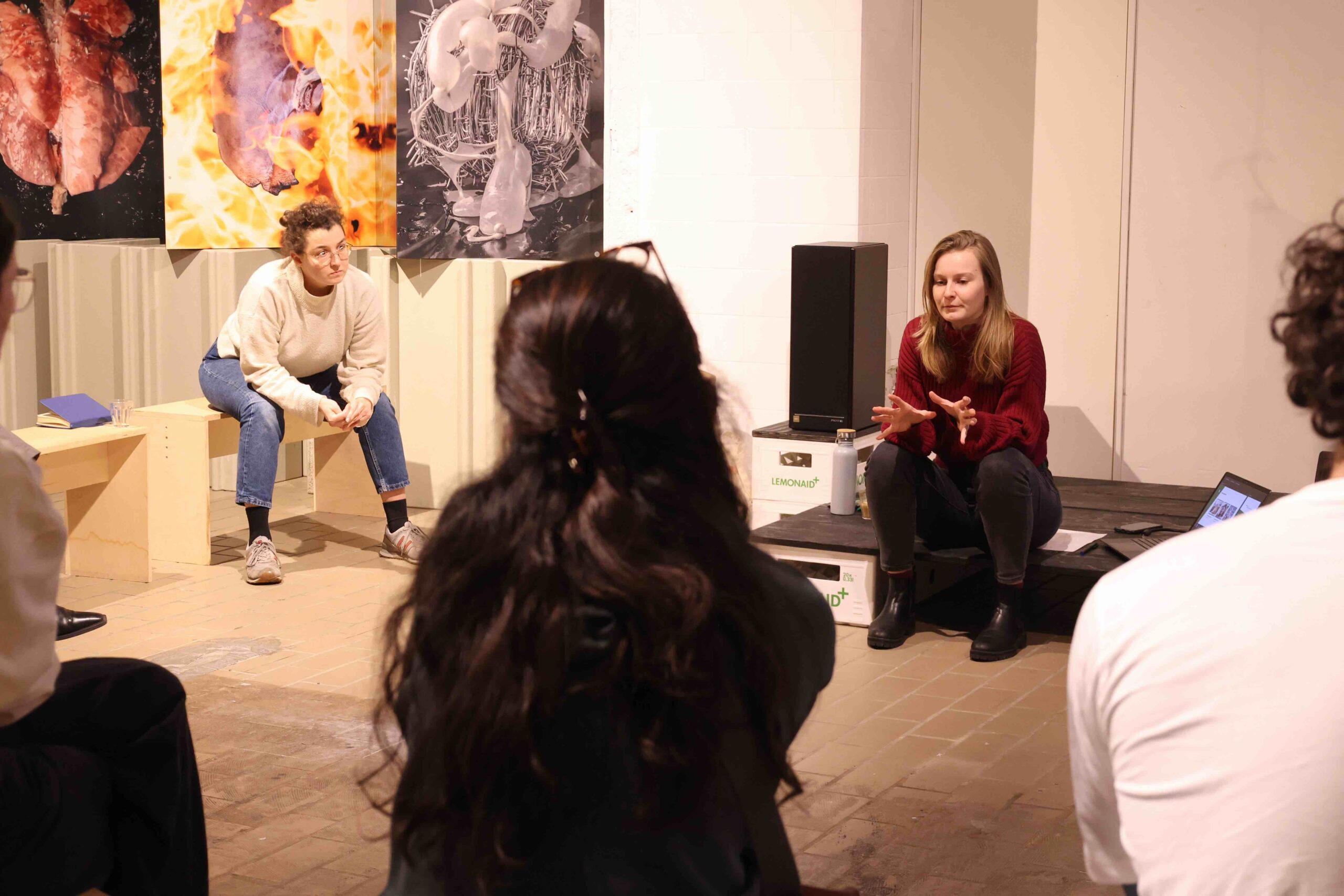collaborations
for future
The research
During the Collaborations for Future programme we are analysing the collaborations to develop insights, tools and blueprints for future collaborations between science, policy and design.
Get the book now!
Chapters
1.
Common settings
Chapter one of this exploration is focused on creating a common setting, making ourselves familiar with the other person, and creating a shared and nuanced image of what ‘design’ and ‘science’ are all about. This chapter is published in four thematic parts.

1.0
Introducing the research
Why should we experiment with new collaboration forms?

1.1
Curious practice
How can shared settings facilitate collaboration?

1.2
Disciplinary communities
How can we collaborate and communicate across disciplines?

1.3
How we work, in practice
How can we understand each other’s professional world?

1.4
Social concerns
How does society view, value and relate to design and science?
2.
Eclipsing the magics of the project and dwelling in its shadows
3.
In a finite world, what can we consistently commit to?
In this chapter, Shay Raviv introduces the workshop based on the Beyond Projects framework and describes some exercises she proposed to the group. She shared the outcomes and reflects on what happened when Beyond Projects was introduced to the Collaborations for Future participants. Raviv shares her insights from the workshop by considering two realms: the visible/material and the invisible/immaterial. This is also the main conclusion she draws from the session. These realms are equally essential departure points for developing paths for continuity, whether it is a seed of a project, an intention, a further developed experiment, or a standing initiative. In a finite world, what can we consistently commit to?